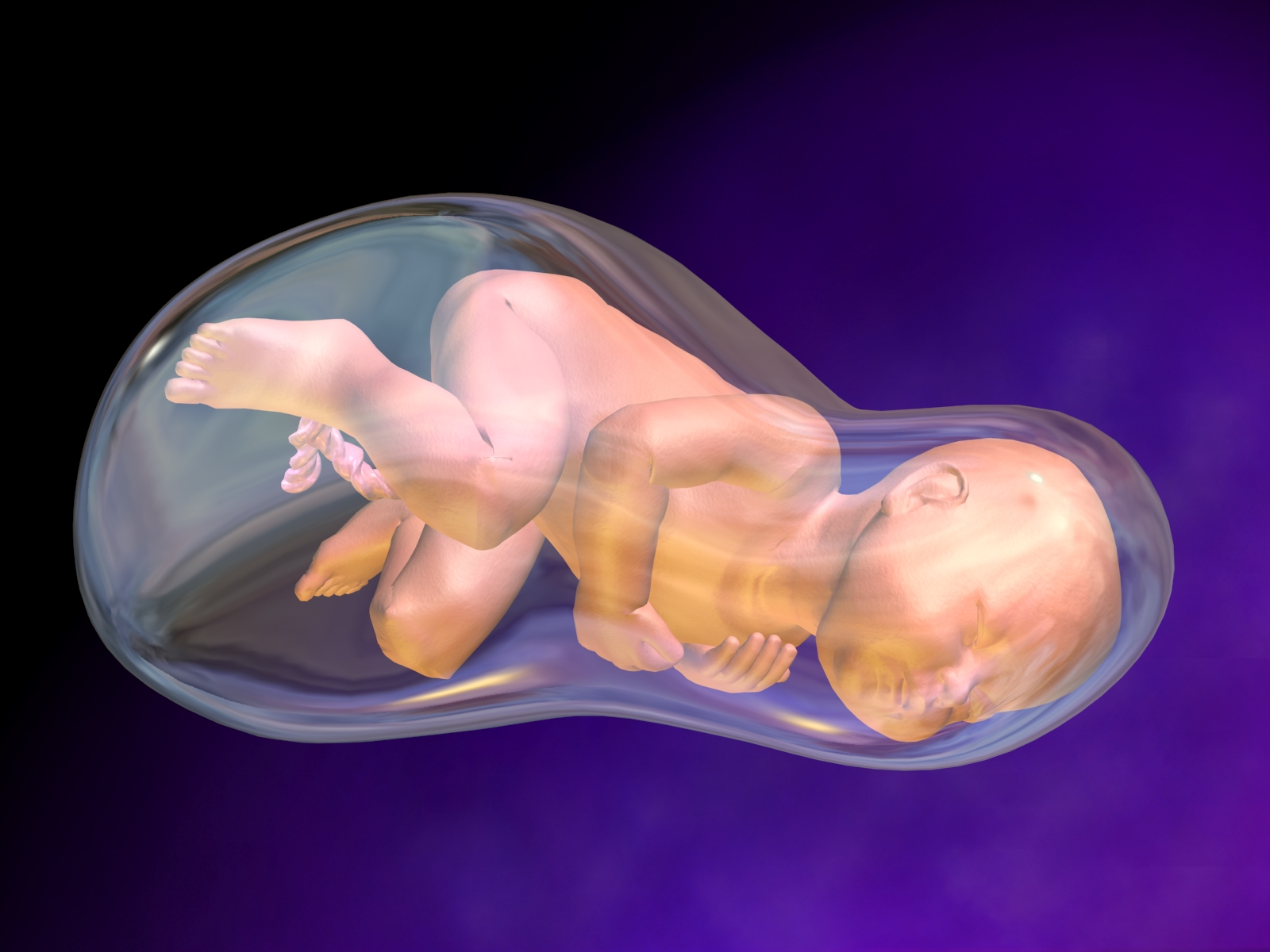
Fetal Distress: What You Should Know
This is defined as the changes in the baby’s heart rate, movement, or oxygen level during the period of pregnancy, before delivery, or during labor. It’s an obstetric emergency for both the mother and baby that requires immediate medical intervention.
Thank you for reading this post, don't forget to subscribe!SIGNS AND SYMPTOMS
- Abnormal heart rates which may be either slower, faster, irregular, or absent.
- Decrease in baby kicking
- Stomach pains for the mother
- Abnormal weight gain for the mother
- Vaginal bleeding
- Meconium present in amniotic fluid
- Mother’s high blood pressure reduces blood flow to the placenta.
- Insufficient air inside the baby’s body, which may be evidenced by either a bluish color on the skin, a low heart rate, or low baby movement inside the
CAUSES OF FETAL DISTRESS
- Placenta Problems: This includes placenta problems such as; the placenta covering the exit/entrance to the womb, the placenta separating from the wall of the womb, placenta being damaged or not developing normally.
- Umbilical Cord Problems: This includes cord problems such as the baby’s cord coming out of the womb before the baby, the baby’s body/ head pressing the cord, the cord tying itself to form a knot, or the cord around the baby’s neck which will not allow blood flow to the baby.
- Baby Conditions: such as babies that have stayed inside the womb for more than 9 months, babies not growing or adding weight inside the womb, and very big babies, can cause fetal distress.
- Mother Health Conditions: such as high blood pressure, diabetes mellitus, when the pregnant woman has high blood pressure, protein in their urine, swelling in their legs, feet, and hands, and bleeding during pregnancy and delivery can affect blood flow to the placenta.
- Multiple Pregnancy: such as twin pregnancy, triplet, etc. Causes baby distress due to the higher/increased demand on the placenta.
How to detect that the baby is in distress
Through the use of;
- A machine that monitors the baby inside the womb it is called a cardiotocograph (CTG) machine
- Nonstress test
- An ultrasound Scan
- Biophysical profile
TREATMENT OF FETAL DISTRESS
- Positioning: Mother should be made to lie on her side I.e., lying on both her left- and right-hand sides at different times.
- Oxygenation: Adequate oxygen should be given to the mother either by providing an airy environment or through the use of supplementary oxygen.
- Hydration: The mother should be given water to sip or ice blocks to lick or she will be given a drip in the hospital.
- Tocolysis A therapy used to delay preterm labour by stopping contraction
- Delivering the baby via cesarean section or instrumental delivery.
Points to note:
- It is very important to attend antenatal clinics regularly for check-ups and early detection of any problem with the mother and baby.
- Report any abnormal feelings to the doctor.
- Tell your complaint to your doctor immediately after you notice it so that something can be done on time to protect yourself and the baby.
- A normal baby’s heartbeat is between 110 – 160 beats per minute. Anything above 160b/m for more than 10 minutes is fetal tachycardia, when the baby’s heartbeat drops below 110b/m for more than 10 minutes is referred to as bradycardia, it means that the baby isn’t getting enough oxygen.









